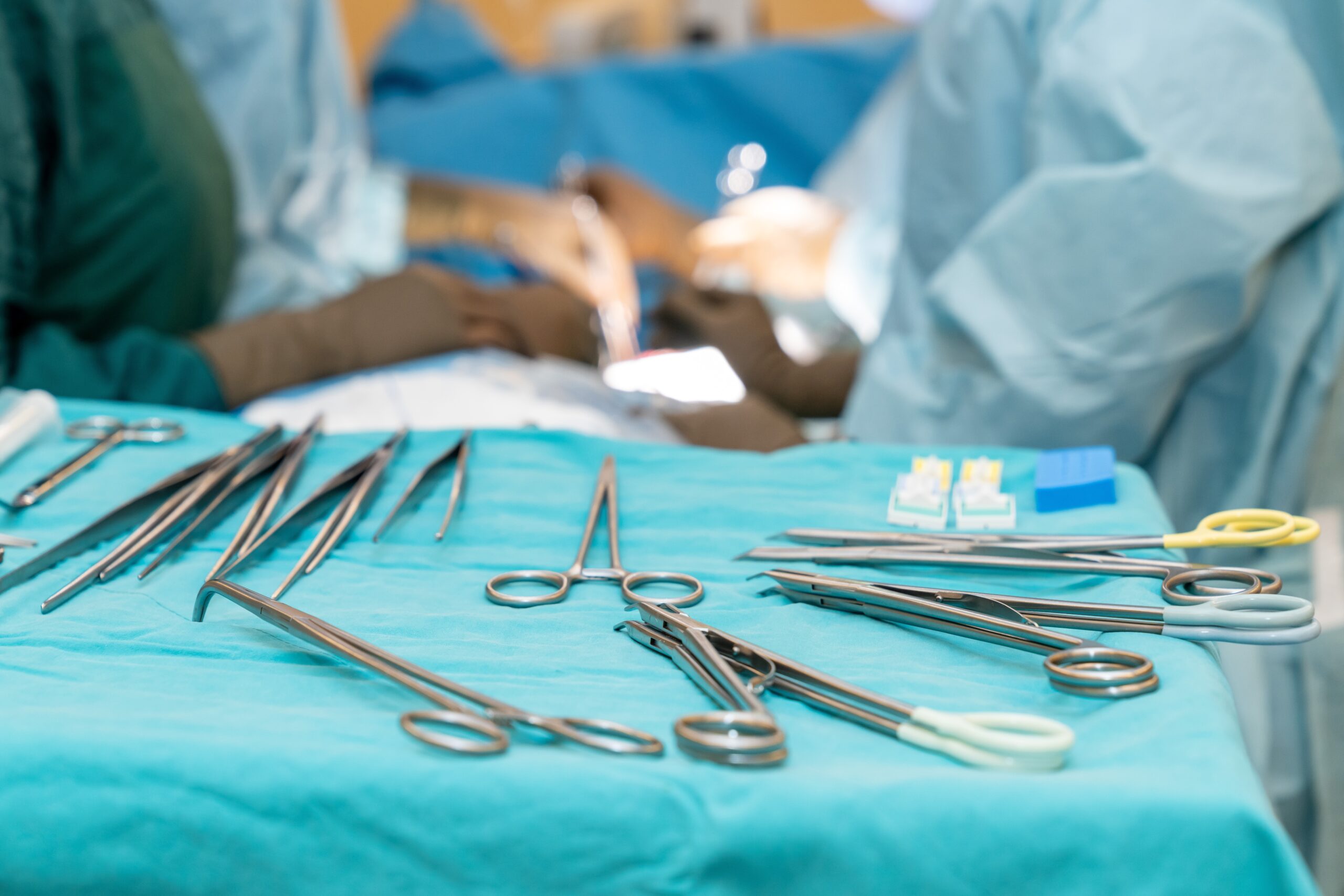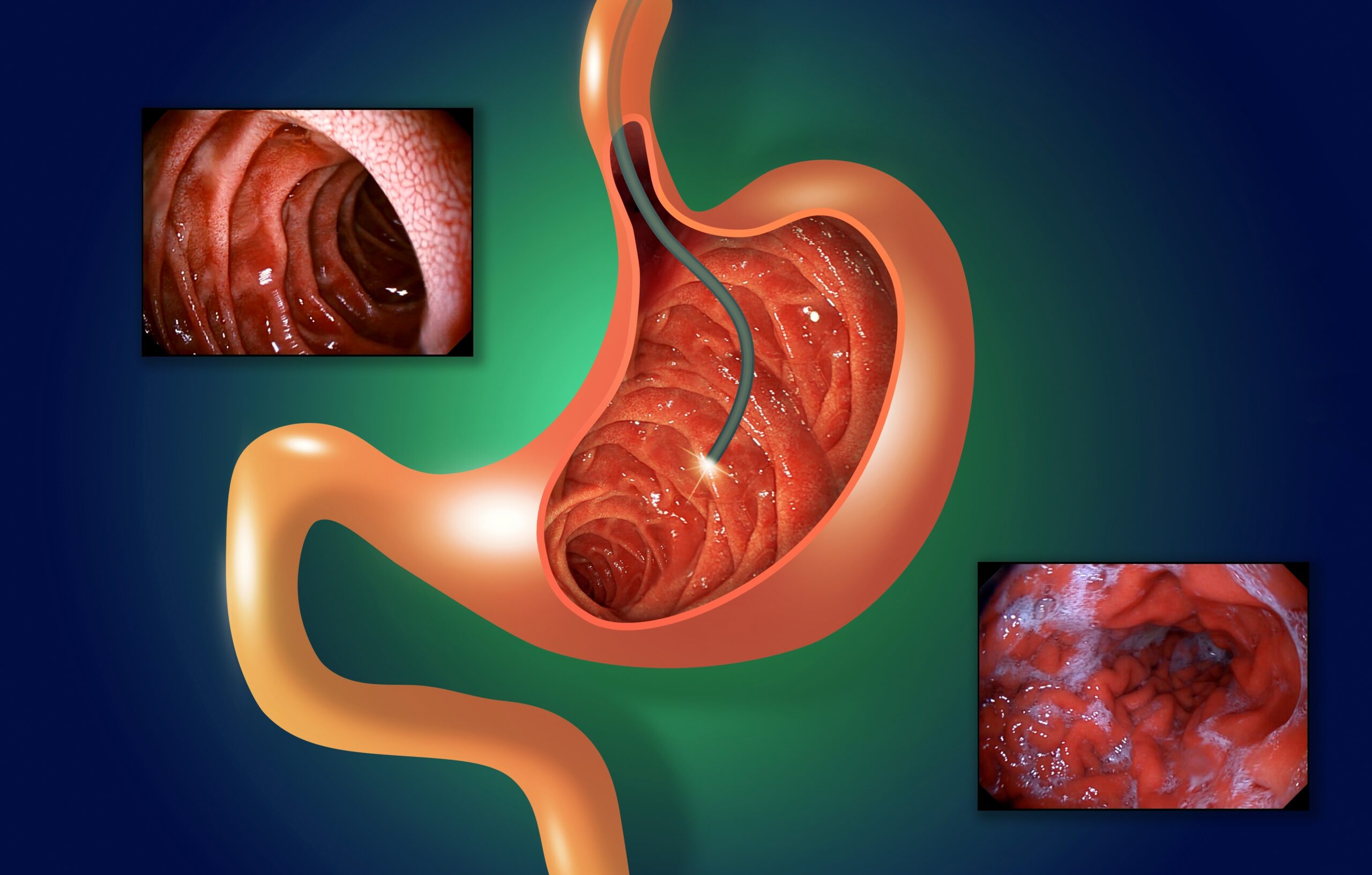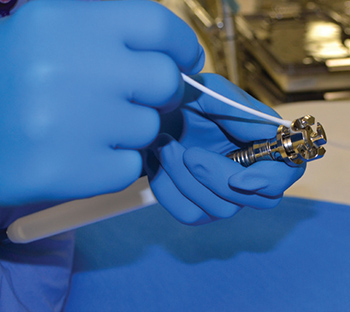Borescope inspections reveal widespread contamination in lumened surgical instruments

Editor's Note Conventional cleaning protocols fail to remove visible soil and debris from lumened surgical instruments, raising urgent concerns about patient safety and sterilization efficacy. That’s the central finding of a study published February 11 in The American Journal of Infection Control, which used borescopes to inspect the lumens of…
Literature review: Endoscope disinfection failures highlight need for stronger sterilization practices

Editor's Note High-level disinfection (HLD) fails to reliably eliminate harmful microbes from flexible endoscopes in real-world healthcare settings, according to a review of endoscope processing effectiveness published April 8 in the American Journal of Infection Control. The review highlights routine breaches in cleaning protocols and links contaminated endoscopes to numerous…
August is National ASC Month: Supporting the ASC industry

Editor's Note Every August, ambulatory surgery centers (ASCs) promote awareness of how they "have transformed the outpatient experience by offering a convenient and personalized alternative to the hospital outpatient surgical setting," notes the Ambulatory Surgery Center Association (ASCA). This year, ASCA and other organizations are using the month to educate…
Scaling standards from sterile processing department to clinic

Reforming instrument reprocessing practices does not always end with the main sterile processing department (SPD). Holding clinics to the same standard adds to the challenge, whether they are associated with hospitals or operate independently. Nonetheless, standardization is just as essential to maintaining efficiency and quality standards. Establishing and maintaining best…
Ambulatory endoscopy management strategies keep patients, finances healthy

Gastrointestinal (GI) endoscopy is one of the most common procedures in the US. Performed more than 17.1 million times per year in inpatient and outpatient hospital settings as well as ambulatory surgery centers (ASCs), GI procedures account for 68% of all endoscopies, according to a May 2022 article in Digestive…
Common inspection points for surgical instrumentation

Inspecting surgical devices is a time-consuming process. However, diligently checking every instrument prior to sterilization is essential to ensuring safe, proper functioning. As the last people to see devices before they are used for patient care, sterile processing technicians must be thorough. Exterior surfaces should be inspected for flaws such…
AAMI guidance covers sterile processing of dilators, ultrasound probes

Editor's Note A new guidance document covering the entire process for the selection, labeling, and sterile processing of dilators and ultrasound probes is available from The Association for the Advancement of Medical Instrumentation (AAMI). Released April 17, AAMI TIR99:2024; Processing Of Dilators, Transesophageal And Ultrasound Probes In Health Care Facilities…
Forced-air device outperforms standard endoscope drying practices, study shows

Editor's Note Authors of a recent study evaluating the effectiveness of a forced-air drying system for endoscopes argue that the results reinforce the need to re-evaluate standard drying practices. Findings were published February 24 in the American Journal of Infection Control. Wet environments resulting from inadequate drying practices can result…
Effect of alcohol flush on endoscope channel drying, microbial outgrowth
Editor's Note This study by researchers at Steris, Mentor, Ohio, finds that flushing flexible endoscope channels with reduced concentrations of alcohol may prevent microbial outgrowth while reducing drying time. Among the findings: Flushing endoscope channels with isopropyl alcohol (70%-30% concentration) prevented Pseudomonas aeruginosa outgrowth during storage. A 70% alcohol concentration…
Revised AORN Flexible Endoscope Processing Guideline

On September 15, 2022, AORN released its updated Guideline for Processing Flexible Endoscopes. Over the past several years, there has been significant research on flexible endoscope processing—research that met the stringent requirements and has been included in this revised guideline by AORN’s lead author and team. Endoscope processing begins with…

 Free Daily News
Free Daily News